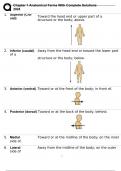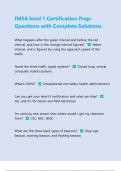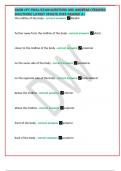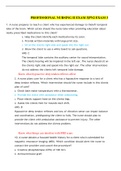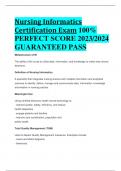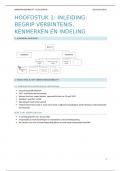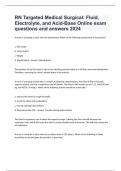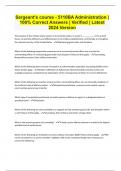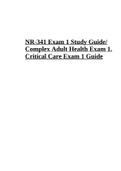Exam (elaborations)
NURS 6550 WEEK 6 MIDTERM EXAM FALL QTR QUESTIONS AND ANSWERS. GRADED A+.
- Course
- Institution
NURS 6550 WEEK 6 MIDTERM EXAM FALL QTR QUESTIONS AND ANSWERS. GRADED A+. Question 1 1 out of 1 points The AGACNP is caring for a patient who is quite ill and has developed, among other things, a large right sided pleural effusion. Thoracentesis is sent for pleural fluid analysis. While evalua...
[Show more]




